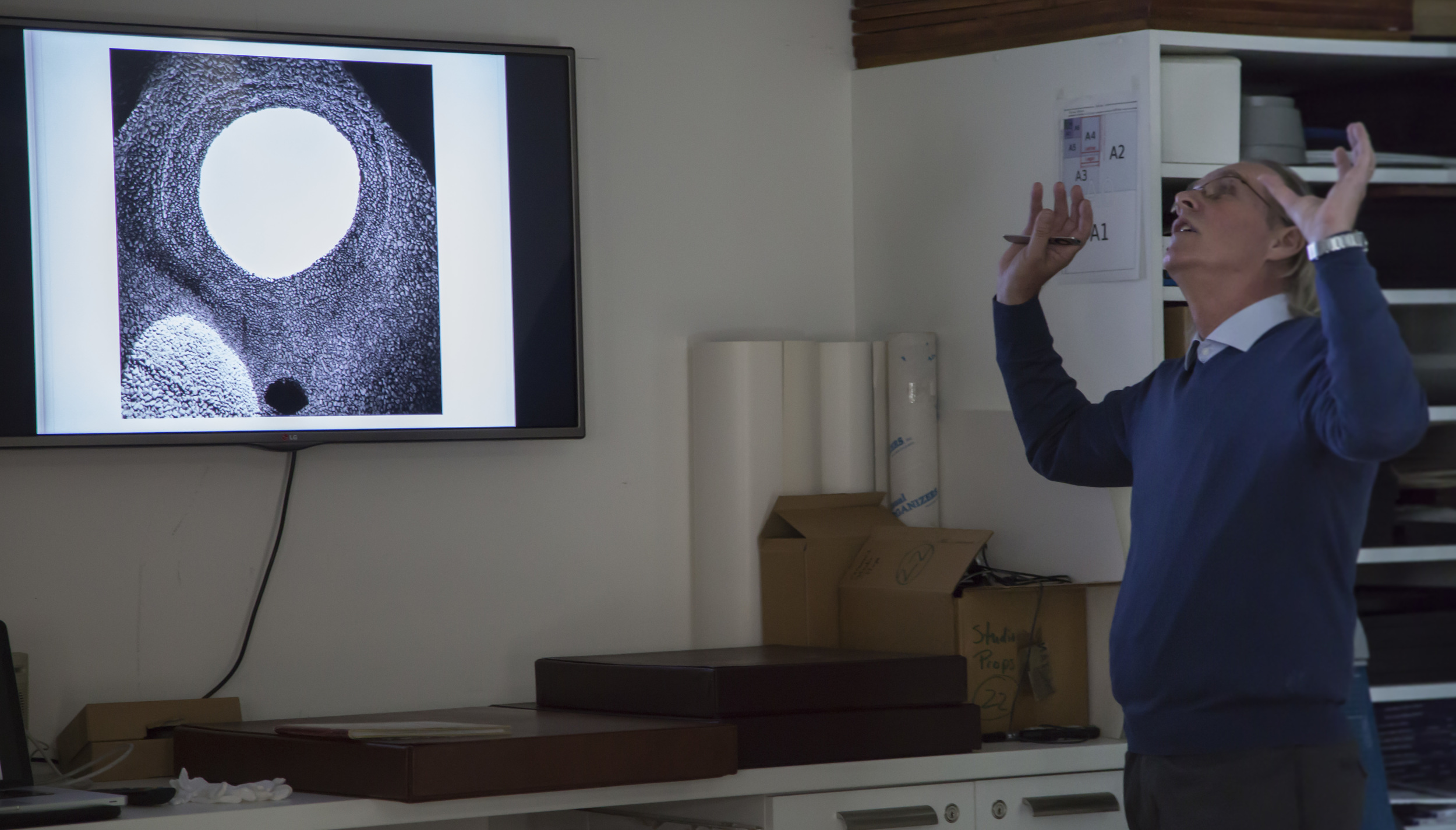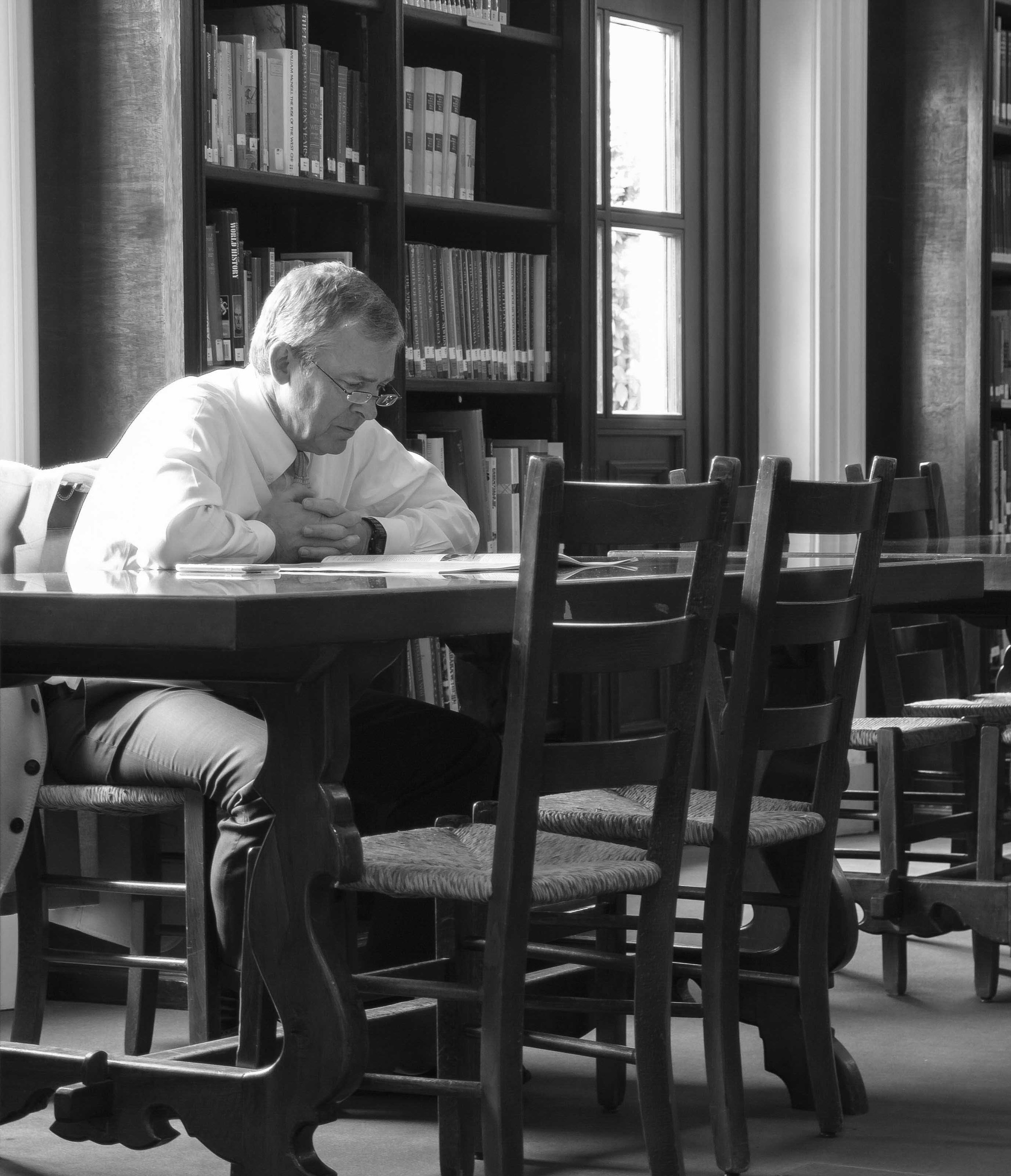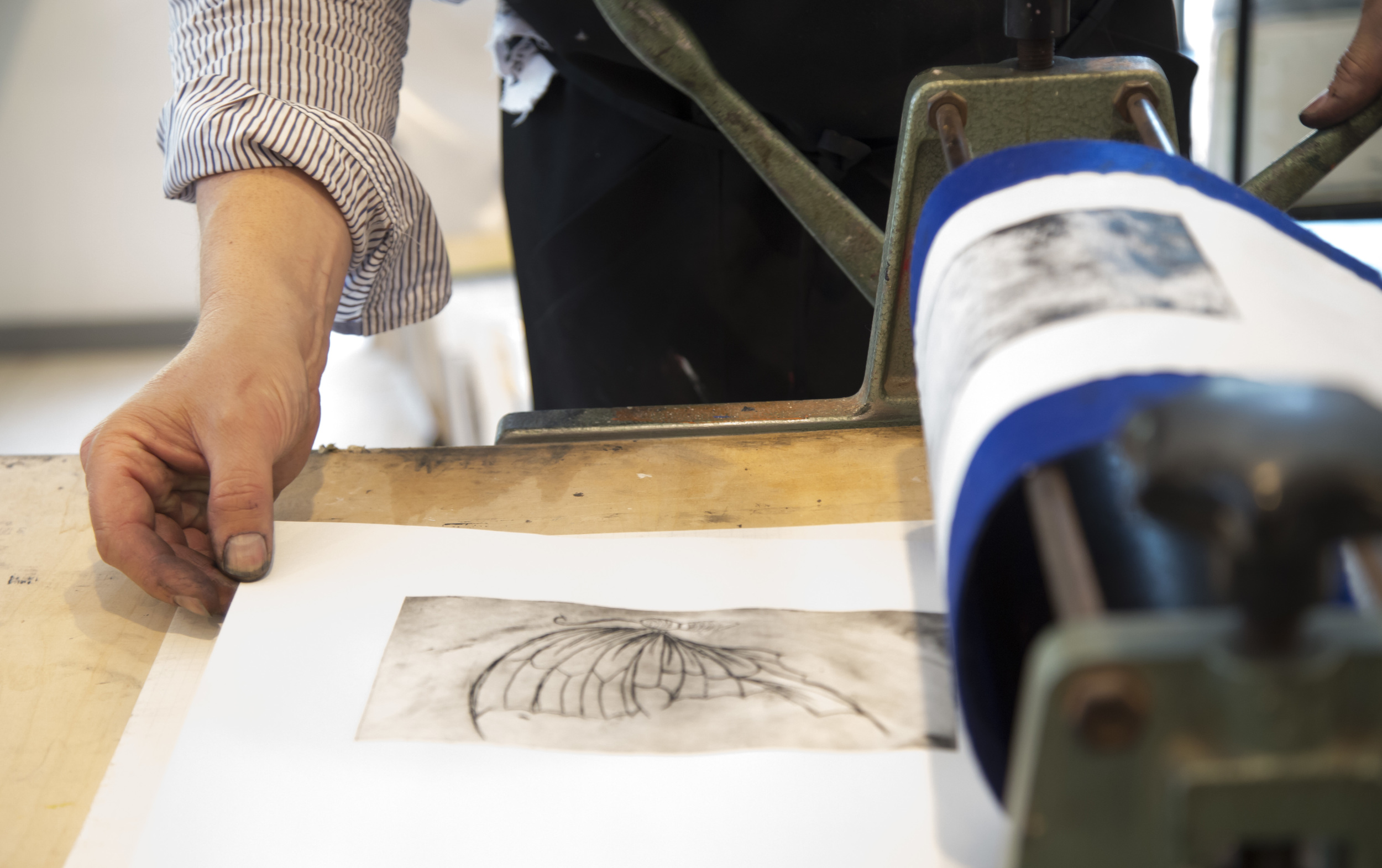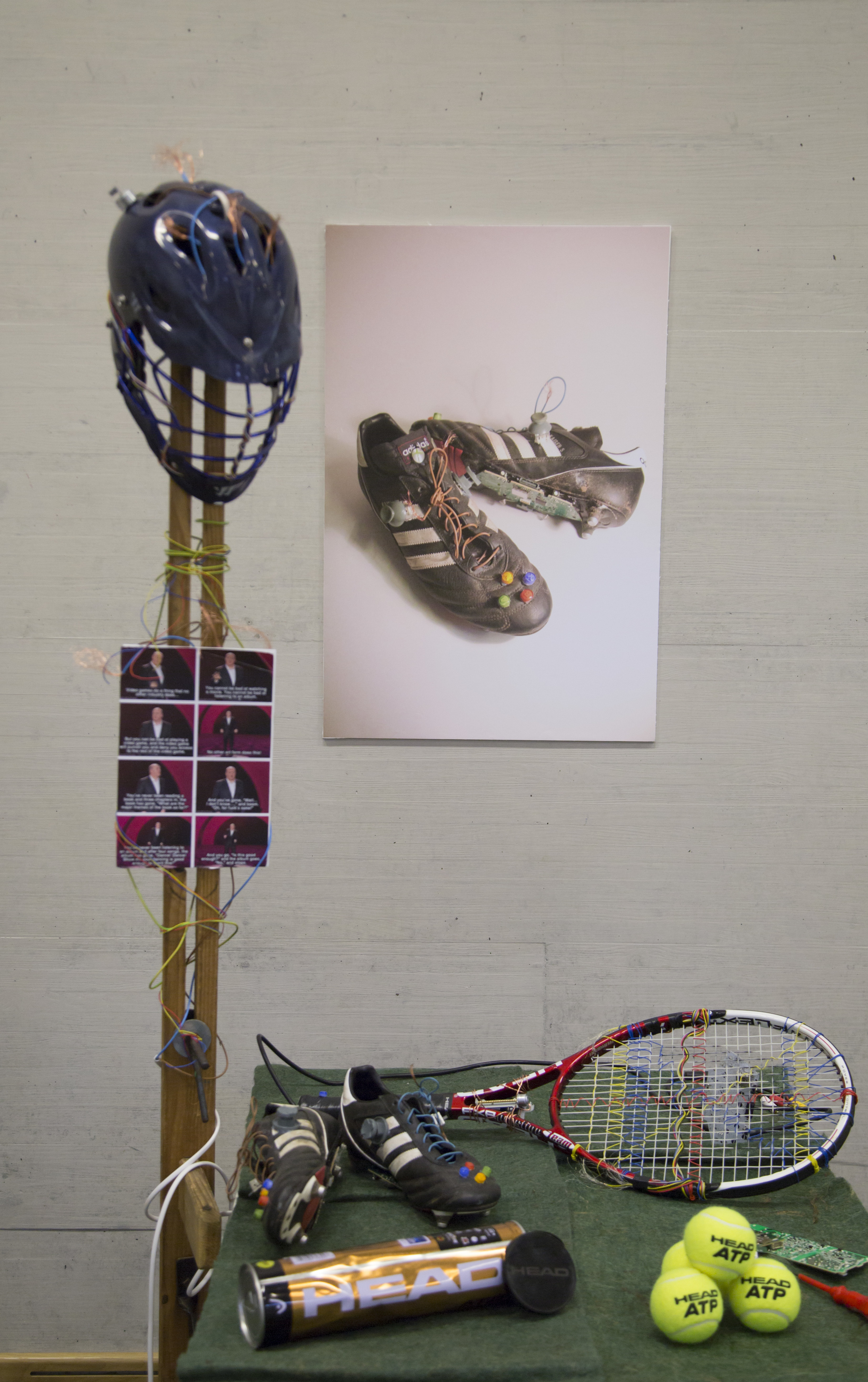TASIS photography students are working on street photography this semester as part of their classwork, trying their instincts out on capturing moments of life on campus and on the streets of cities they visit on academic travel. Some are working on street portraits, while others try to place people in a scene that utilizes a certain composition. But this year, they all started with a little extra inspiration from TASIS alumnus, Barry Iverson ’74.
In September, photography classes hosted Iverson, a photographer, photojournalist and curator, during a visit in which he delivered a Senior Humanities address. Iverson, as a photojournalist and chronicler of life in Egypt and much of the Middle East, enjoyed a long tenure with Time/Life magazines. During that time he covered conflicts, politics, culture and personalities, and he continues to be active professionally in a number of areas of photography, creating original works in digital and traditional methods.
“He’s a very creative man, a real innovator’” said Filipe Malcwezski ’16. “He showed us a wide variety of work from his whole career. He shared with us his thought and his view of the world.”
Mr. Iverson visited with TASIS students in 2013 during the inauguration of the Sahenk Fine Arts Center, and on this trip he spoke about several of his personal photographic projects and about his work organising and curating exhibitions of the prolific Armenian Photographer Van Leo who spent his career working in Cairo.
In his Senior Humanities address, Iverson discussed the arc of his photographic life through a series of images. From Lugano and his years at the University of Colorado in Boulder to his work with Time magazine, Iverson’s images reveal a great sensitivity to light and a great feel for the handling of human subjects, from street people to royalty.
“I enjoyed especially his portfolio called “Aged” with the pictures of old people in black and white. He used only one lens for more than a year, and he was able to capture the expressions and emotions of these people in their faces,” said Can Basaran ’18.
In TASIS photo classes, Mr. Iverson talked about how he developed and pursued many personal projects in the midst of intense periods of work an assignment for the magazine. Students were able to get a glimpse of the kind of dedication and passion for the work that it takes to create a body of work over 45 years.
Almost all of the students were fascinated with Mr. Iverson’s hand-colored photographic prints. He learned the technique from Van Leo in Cairo, and continues to produce the luminous images today. The technique is in keeping with Iverson’s fascination with antique photographic images, and his previous work in re-photographing famous vistas of Egyptian monuments based on originals from the 1800s.
Dasha Avonina ’17, a student in Photo 1 said, "I liked his photos from the "Still" series. The feeling of isolation and abandonment, the dark quality comes through with a very peaceful sense about it. I have tried to capture some of that in Venice on Academic Travel.









































































